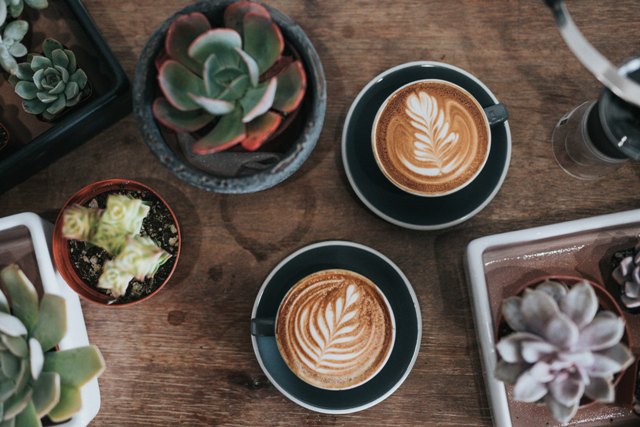
There are many similarities between the worlds of wine and coffee. The cheaper versions of each are widely available and economical, but the higher priced offerings can be distinguished based on their taste characteristics. At some point, consumers tend to evolve from “it all tastes the same” to “I’m craving that same flavor experience” to “I can’t ever go back, and now I’m ruined.” It’s hopeless when you reach this last point, and each day without what you crave is like a day without sunshine. But it’s not all subjective and trivial—there are discernible differences and tangible reasons for the variances in taste and quality.
The flavors of properly roasted coffees do not hide behind a smoky mask. All roasts can taste like burnt ash when pushed too far (a k a over-roasted), and these are usually lower-grade coffees. But specialty-grade beans can show off their true flavors when prepared properly. As specialty coffee becomes more mainstream, everyday drinkers are being exposed to fruit bomb full natural Ethiopians, sparkling jasmine Latin Americans and pencil lead and leathery Sumatrans. Once one has a taste of the other side, it can be disappointing to start or end your day with a lesser experience. Wine from the bargain bin will have a physiological effect, just like cheap coffee—but you’re missing out on a huge component of the experience!
There are around 10,000 varieties of wine grapes grown around the world. Each yields a certain flavor and behaves a particular way during processing and fermentation. In the same way, coffee plant varieties number at around 100 different species. Add in the crucial variable of processing and the possible flavor profiles are nearly endless. Processing is essentially how you choose to remove coffee seeds from the fruit, an optional fermentation step, and drying. These parameters can be manipulated to deliver unbelievably diverse results. In winemaking, the options of different fermentation vessels, wood barrels and yeast varieties play a similar role in the flavors and mouthfeel of the finished product.
An Ethiopian coffee given the chance to ferment for weeks inside the fruit yields a heavy-bodied “fruit bomb,” often reminiscent of a Napa Valley cabernet sauvignon. This process also mirrors some aspects of sweeter wine production, and the all-important noble rot or Botrytis. But that same Ethiopian coffee given the faster, washed method of processing will provide a light-bodied, almost tea-like brew with less pronounced fruit notes and flavors of honey.
When tasting either a specialty coffee or high-end wine for the first time, incorporate oxygen in your mouth. Slurp, swirl and savor! Think about what you are consuming, and try to describe it. Paint a picture in your mind and translate that as best you can to compare with what others taste. This contemplation is what elevates the experience beyond the mundane, and we should savor these opportunities every chance we get, noticing a variety of flavors and not just one single note.
—Andrew Robertson, district manager with Press Coffee is a coffee expert and teaches Press Coffee’s 101 coffee classes.










